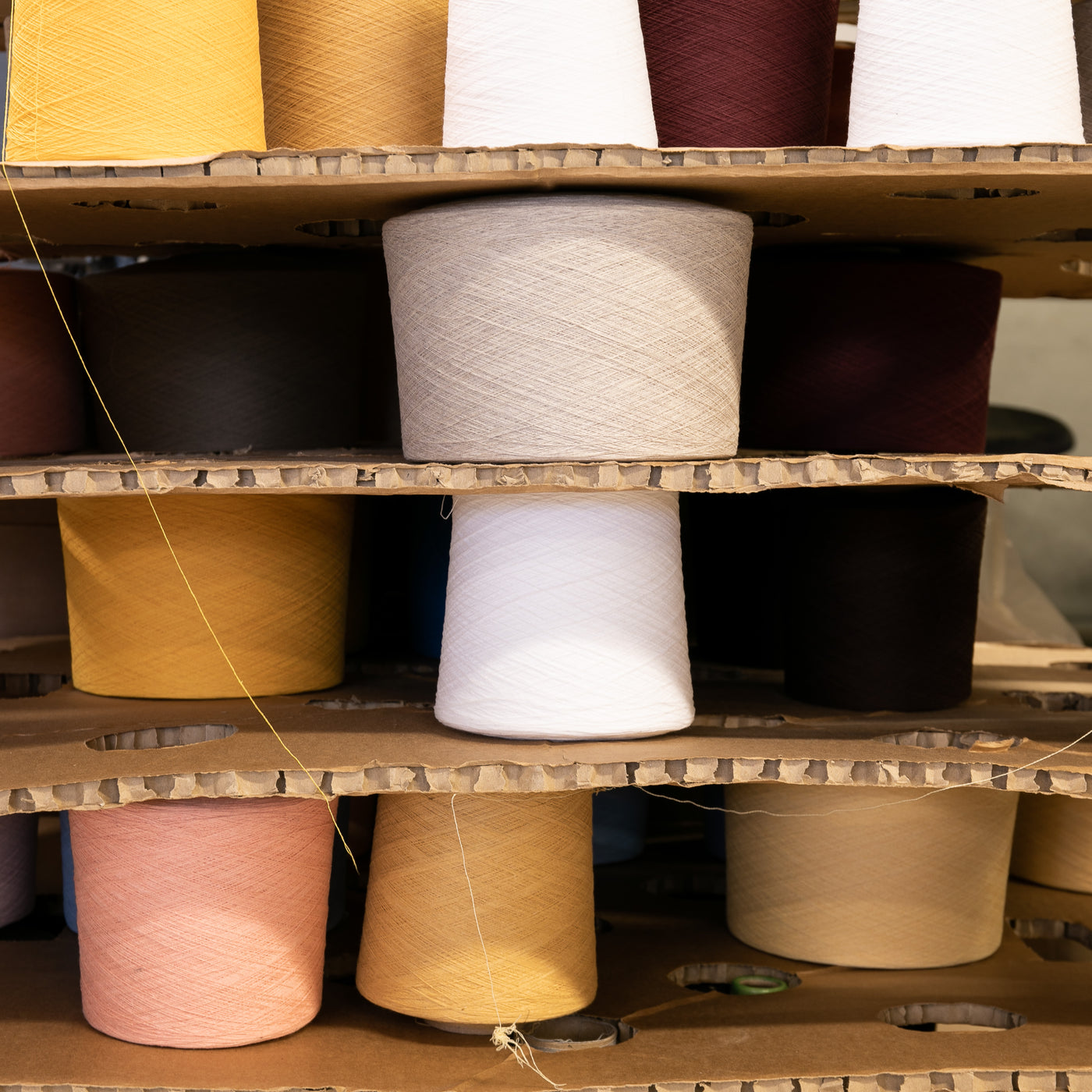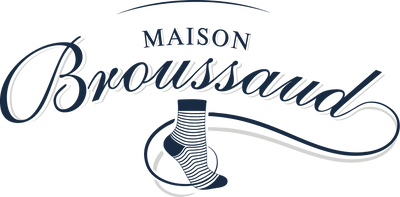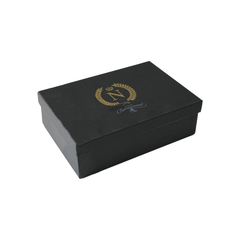

Recycling sock waste: an eco-responsible approach at Maison Broussaud
Is a sock created from your own waste possible? Nothing is lost, everything is transformed. At Maison Broussaud, we are aware of the environmental impact of textiles. That's why we've made recycling sock waste a priority! Find out what the challenges of this eco-responsible approach were and how our first pairs of recycled socks were born.
What are the challenges posed by sock waste in the textile industry?
Every year, billions of items of clothing are sold around the world. However, the textile industry is one of the most polluting. In addition to generating a lot of waste, it is also one of the largest consumers of water. The main cause ? Obtaining raw materials, which constitutes the first link in the production chain.
Among the solutions implemented, recycling makes it possible to recover the material from non-reusable products. If it is quite common for sweaters or pants, it is much more complicated for socks.
The problems posed by sock waste:
- A composition that is difficult to separate: Socks are made from a blend of textile fibers such as cotton, polyester and elastane. This composition is useful, but it makes sorting almost impossible.
- Small parts with complex shapes: Automated processing machines are not designed to handle these small parts.
This is an observation quickly realized by Aymeric Broussaud. Before his interest in recycling sock waste, there was no way to reuse blended fibers. In total, the equivalent of 5% of sock production, or 2.5 tonnes of raw material, was lost.
Maison Broussaud's commitment to recycling sock waste
We are convinced that every gesture counts, even the smallest ones. This is why we decided to take on the challenge of recycling our sock waste.
It all started with a meeting with the boss of Filature du Parc, in Brassac in Tarn. This 70-year-old workshop is one of the last French (carded) spinning mills. His job ? Starting from wool, transforming it into thread.
La Filature du Parc has patented technology which makes it possible to defiber:
- Pre-consumer textiles: Cutting, manufacturing or tailoring waste.
- Post-consumer textiles: Clothing purchased and worn at the end of its life.
The yarn obtained is 100% recycled, already dyed and free from chemical treatment. A concept that particularly appeals to Maison Broussaud.
Good to know: Compared to yarn made from new materials, recycled yarns are 98% less impactful for the environment.
A first test is carried out with 600 kg of socks. Although the result obtained is promising, it does not meet the initial objective. The new thread is certainly resistant, but very thick. While it is ideal for making work socks, it does not meet the requirements of men's dress socks or women's socks.
In total, it took 4 years of research to succeed in producing a fine and comfortable recycled fiber, perfect for knitting city socks. It is an ecological success: all the raw materials are used!
Maison Broussaud’s initiatives to reduce its environmental impact
Reducing our environmental impact is one of Maison Broussaud’s commitments . This is why we are taking concrete measures.
Reasonable sock production
As a manufacturing brand, we have full control of our stock and our production. This advantage allows us to produce only on demand, in reasonable quantities. This way, there is no overproduction and we limit sock waste.
Using thread colors already in stock
To avoid unnecessary waste, we strive to maximize the use of thread colors we already have in stock. When we think about a new collection of socks, we first choose colors that were used in the previous range.
Recycling waste socks
In addition to reducing our waste, we take concrete steps to recycle those that are unavoidable. As soon as possible, our sock waste is transformed into new yarn which can be used to make new socks. This circular approach minimizes our ecological footprint and promotes a more sustainable economy. 
How does Maison Broussaud transform sock waste into sustainable products?
At Maison Broussaud, recycling sock waste makes it possible to transform threads intended to be thrown away into a new raw material. The technique is revolutionary, since it has never before been used on such small and complex pieces of clothing.
The waste from our socks is defibrated, that is to say transformed into individual fibers. These fibers are then used to produce new yarn, which will be dyed and allow the creation of new spools. The recycling process can be repeated infinitely, significantly reducing the demand for new raw materials.
Why buy recycled socks from Maison Broussaud?
By opting for the recycled sock from Maison Broussaud, you are making much more than just a purchase. You become an agent of change. You support a company with the EPV label , an ambassador of excellent artisanal know-how. A brand committed to an ethical and sustainable approach, in alignment with the values of the Fashion Revolution .
Choosing our pairs of recycled socks also means:
- Reduce environmental impact;
- Participate in a circular economy;
- Contribute to the reduction of textile waste;
- Promote more sustainable and responsible fashion;
- Limit the demand for new natural resources.
With this simple gesture, you support an eco-responsible approach that is good for the planet. Do you need more to convince you? Maison Broussaud socks bear the Origine France Garantie label, testifying to the quality of French know-how and transparency on the composition of our products.




